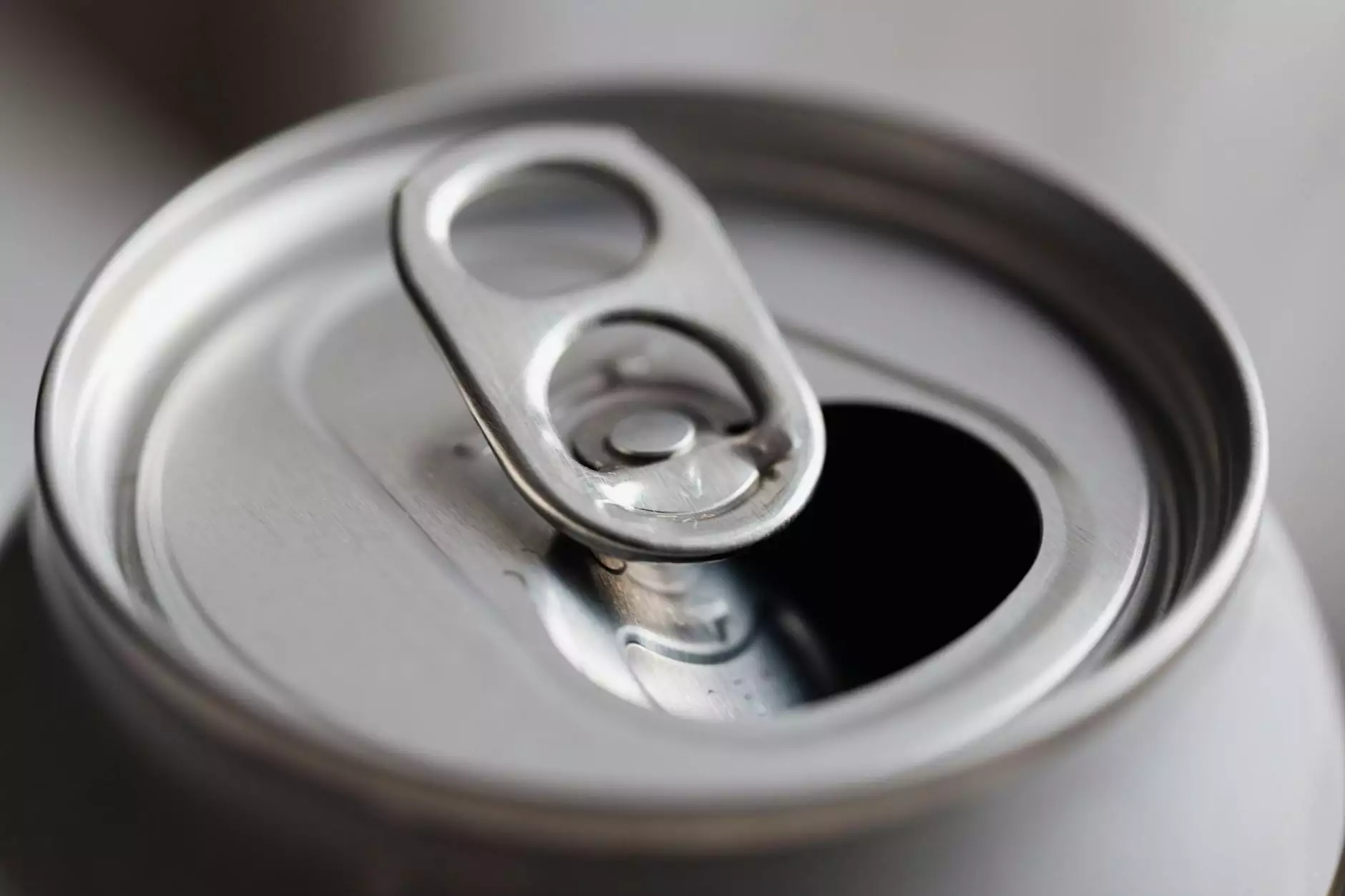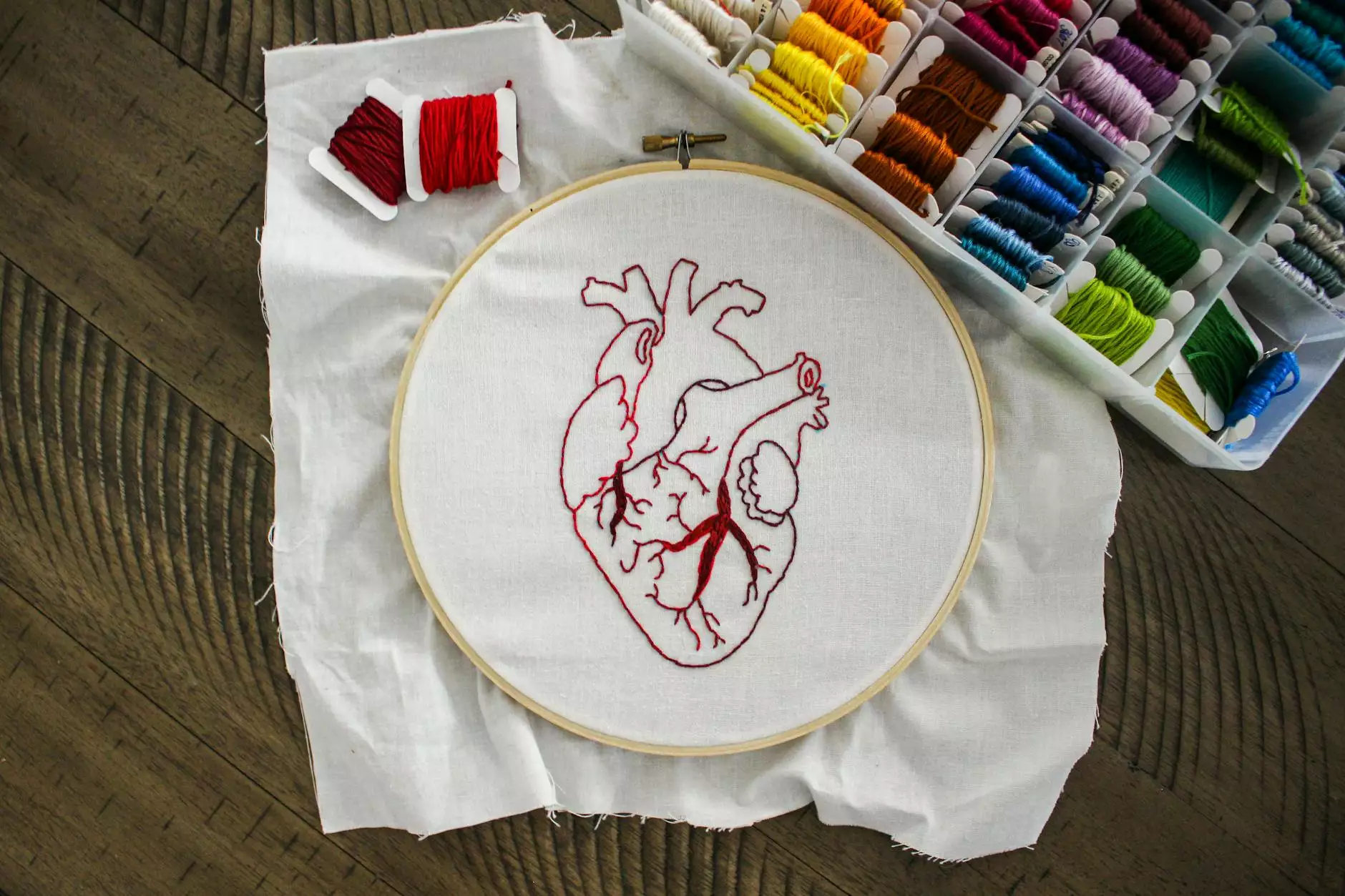Sleeve Gastrectomy Surgery: A Comprehensive Guide to Weight Loss

In recent years, sleeve gastrectomy surgery has emerged as a leading option for individuals struggling with obesity. This procedure not only facilitates significant weight loss but also enhances overall health and quality of life. In this detailed guide, we will explore everything you need to know about sleeve gastrectomy surgery, its benefits, risks, and how it can help you achieve lasting weight loss.
What is Sleeve Gastrectomy Surgery?
Sleeve gastrectomy surgery, also known as gastric sleeve surgery, is a weight loss surgical procedure that reduces the size of the stomach. During the operation, approximately 80% of the stomach is removed, leaving a narrow tube or "sleeve" that resembles a banana. This new stomach size limits the amount of food you can consume, promotes feelings of fullness, and results in hormonal changes that help reduce cravings for food.
Why Choose Sleeve Gastrectomy Surgery?
The decision to undergo sleeve gastrectomy surgery can stem from various factors, including:
- Long-term Weight Loss: Many patients experience substantial and sustained weight loss, which is crucial for individuals with a high body mass index (BMI).
- Improvement of Obesity-Related Conditions: Diabetes, hypertension, and sleep apnea are common issues that can be alleviated with weight loss.
- Less Invasive: Compared to other weight loss surgeries, sleeve gastrectomy is a relatively minimally invasive procedure.
- Rapid Results: Many patients begin to see significant weight loss within the first few months, boosting motivation and morale.
The Sleeve Gastrectomy Procedure
The surgery is typically performed laparoscopically, which means it is done through small incisions using specialized instruments. Here’s a step-by-step breakdown of the surgical process:
1. Preoperative Evaluation
Before undergoing sleeve gastrectomy surgery, patients undergo a comprehensive evaluation, including medical history reviews, nutritional assessments, and possibly psychological evaluations to ensure they are well-prepared for surgery.
2. Anesthesia
On the day of the procedure, you will be given general anesthesia to ensure a painless and comfortable experience.
3. Laparoscopic Surgery
The surgeon makes several small incisions in the abdomen and inserts a laparoscope—a camera that allows visualization of the internal structures. The surgeon then removes a substantial portion of the stomach.
4. Creation of the Sleeve
Post removal, the remaining stomach is shaped into a tubular “sleeve” and the incisions are closed.
Recovery Post Sleeve Gastrectomy Surgery
Recovery from sleeve gastrectomy surgery varies by individual but generally includes:
- Hospital Stay: Patients typically stay in the hospital for 1 to 2 days post-surgery for monitoring and care.
- Diet Progression: A gradual dietary progression from liquids to pureed foods and eventually to solid foods over several weeks.
- Pain Management: An average level of discomfort may occur, which can be managed with prescribed pain medications.
- Follow-up Appointments: Regular follow-ups with the healthcare team to monitor progress and adjust dietary and lifestyle changes appropriately.
Benefits of Sleeve Gastrectomy Surgery
The benefits of undergoing sleeve gastrectomy surgery are profound and multifaceted:
1. Significant Weight Loss
Many patients report losing between 50% to 70% of their excess weight within the first year following surgery.
2. Health Improvements
Beyond aesthetic changes, patients often see significant improvements in health conditions like:
- Type 2 Diabetes: Some patients may achieve remission.
- Hypertension: Blood pressure levels can normalize.
- Sleep Apnea: Symptoms may diminish or disappear.
3. Enhanced Quality of Life
With weight loss often comes improved self-esteem and the ability to engage in physical activities that were previously challenging.
Risks and Considerations
While sleeve gastrectomy surgery can be life-changing, it is essential to consider potential risks and complications, which may include:
- Leakage: A leak can occur at the site of the stomach removal.
- Nutritional Deficiencies: Patients may require supplements post-surgery to prevent deficiencies.
- Gastroesophageal Reflux Disease (GERD): Some patients may experience increased reflux post-surgery.
Preparing for Sleeve Gastrectomy Surgery
Proper preparation is crucial for the success of sleeve gastrectomy surgery. Key steps include:
- Pre-Operative Weight Loss: Some surgeons recommend losing a modest amount of weight prior to surgery to minimize complications.
- Dietary Changes: Adapting your diet to include healthier foods in preparation for post-surgery eating habits.
- Stop Smoking: If you smoke, cessation prior to surgery is recommended as it helps reduce risks.
Lifestyle Changes After Sleeve Gastrectomy Surgery
To maximize the benefits of sleeve gastrectomy surgery, adopting a healthier lifestyle is essential. Considerations include:
1. Dietary Adjustments
Opt for a balanced diet rich in proteins, vitamins, and minerals, while steering clear of sugars and high-calorie foods.
2. Regular Physical Activity
Including regular exercise in your routine—aim for at least 150 minutes of moderate aerobic activity weekly.
3. Ongoing Support
Joining support groups for individuals who have undergone bariatric surgery can provide motivation and encouragement throughout your journey.
Conclusion: Is Sleeve Gastrectomy Surgery Right for You?
In conclusion, sleeve gastrectomy surgery has proven to be an effective intervention for those struggling with obesity. It offers significant benefits, including weight loss and improved health outcomes. However, careful consideration, preparation, and commitment to lifestyle changes are critical for achieving the best results. Consulting with experienced professionals, such as those at The Wellcome, can help you navigate your options effectively. If you believe you are a candidate for this life-changing procedure, do not hesitate to seek guidance.









